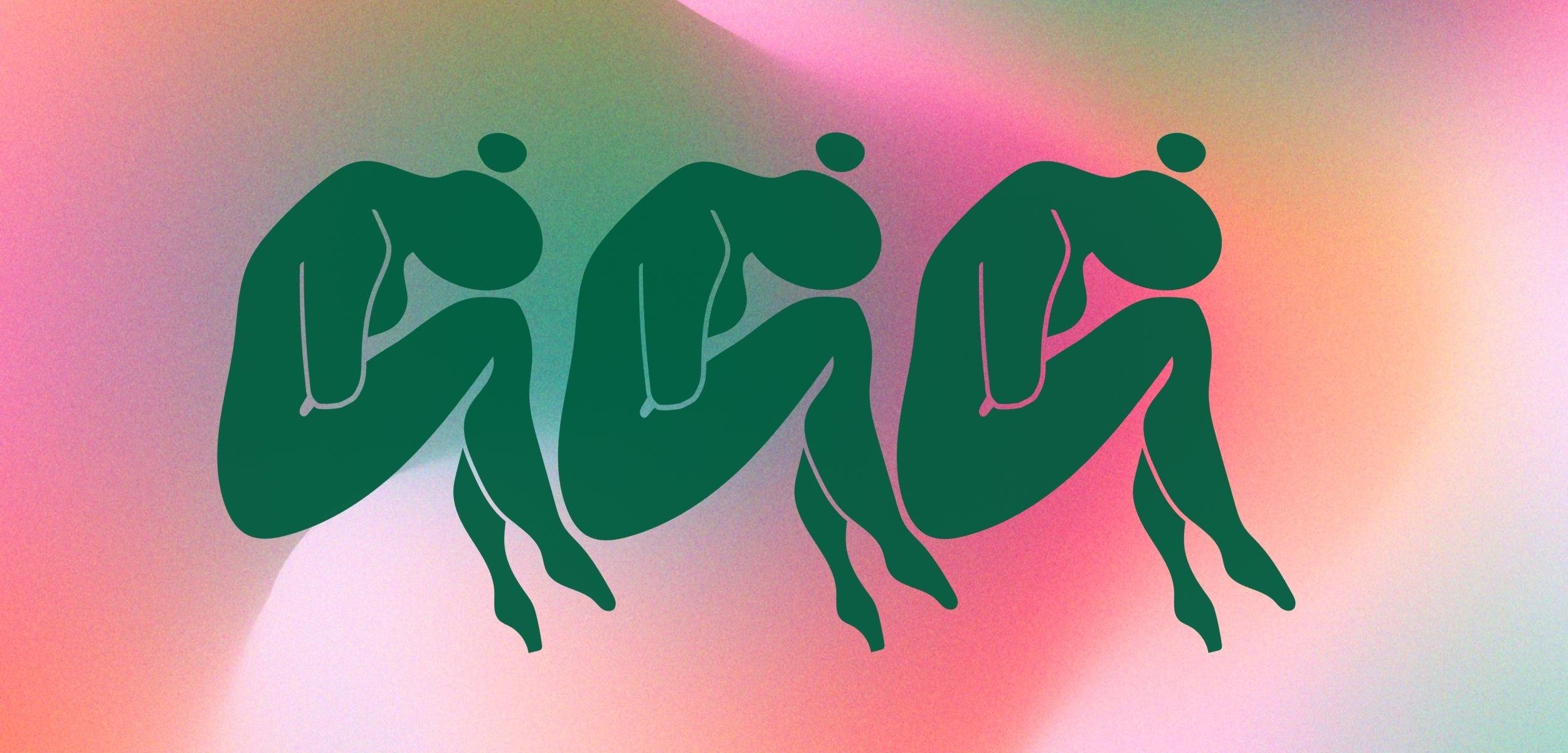
Gender Health Gap
What is the Gender Health Gap?
Systemic disparities in health outcomes, access to care, medical research, and treatment that exist between genders — most notably affecting women and marginalised gender groups.
Primary factors contributing to the Gender Health Gap
Historical Bias in Medical Research
Dismissal and Misdiagnosis of Women's Pain
Reproductive Health Underprioritized
Economic and Social Implications of the Gender Health Gap
Impact on Education and Workforce Participation
Financial Burden of Inadequate Care
A $1 Trillion Global Opportunity

Historical Bias in Medical Research
Historically, medical studies have predominantly focused on male subjects, leading to a lack of understanding and effective treatment for conditions that primarily affect women. Women are often assumed to be “smaller men”. This disparity is evident in the management of various health conditions, including cardiovascular diseases, where women are more likely to be misdiagnosed or receive delayed treatment. For instance, women are more likely to experience chronic pain conditions, yet 80% of pain studies are conducted on male mice or human men.
Dismissal and Misdiagnosis of Women's Pain
Studies have shown that women are more likely to have their pain minimized, delayed in diagnosis, or incorrectly attributed to psychological causes. For example, women are more likely to receive sedatives instead of pain medication for their pain, highlighting a systemic issue in pain management.
Reproductive Health Underprioritized
Conditions specific to women like endometriosis, polycystic ovary syndrome (PCOS), and dysmenorrhea have been historically overlooked, leading to poor patient outcomes and significant quality-of-life impairment. In the UK, women with endometriosis now face an average wait of nearly nine years for diagnosis, an increase of 10 months since 2020. This prolonged diagnostic delay underscores the systemic neglect in addressing women's reproductive health.

Economic and Social Implications
The gender health gap has substantial economic and social consequences. For instance, untreated or poorly managed menstrual pain can lead to decreased productivity and increased absenteeism in educational and professional settings. Addressing these health disparities is not only a matter of equity but also has the potential to improve economic outcomes.
Impact on Education and Workforce Participation
Menstrual pain is a leading cause of school absenteeism in adolescent girls and a contributor to reduced professional productivity among adults. A study found 45.2% of women reported absenteeism due to menstrual cycle-associated symptoms, averaging 5.8 days in the previous 12 months.
Financial Burden of Inadequate Care
Women often turn to multiple providers or treatments to manage symptoms, leading to cumulative and unnecessary healthcare costs. In the UK, endometriosis alone is estimated to cost the economy £8.2 billion a year in loss of work and healthcare.
A $1 Trillion Global Opportunity
Addressing the gender health gap is not only a moral imperative but also an economic opportunity. According to McKinsey, closing the women’s health gap by improving women's healthcare could add at least $1 trillion annually to the global economy by 2040 through improved health outcomes, workforce participation, and reduced healthcare burden. This includes better diagnosis, research that includes female patients, and efforts to eliminate biases in healthcare.

